Bruce Springsteen’s hotly anticipated archival box set Tracks II: The Lost Albums will be released this Friday, June 27. The Boss has offered up a preview of the expansive collection in the form of a 17-minute documentary that’s debuted on his YouTube channel featuring a look at each album in the set.
Videos by American Songwriter
As previously reported, Tracks II comprises seven full previously unheard albums spanning from 1983 through 2018. The documentary features commentary from Springsteen and essayist Erik Flannigan, who wrote the box set’s liner notes. The video presentation also incorporates snippets of previously unheard songs from each “lost album.”
At the beginning of the documentary, Springsteen notes, “The ‘lost albums’ are records that were full records, some of them even to the point of being mixed, [that were] not released. For one reason or another, something I felt was missing from some of them or they just didn’t feel complete at the time.”
Flanagan, meanwhile, offers some perspective on the wide-ranging bounty of material featured on Tracks II.
“This is a massive collection of music,” he notes. “It’s seven new albums. … There’s 83 songs. What for someone else would be their entire career, added onto the career that he’s already had. Kind of a revelatory set of new music that slides in adjacent to many of the records that we’ve loved for the last 40 years.”
Here’s a look at some of the comments and details revealed about each album in the documentary:
LA Garage Sessions ’83
Tracks II’s first disc is LA Garage Sessions ’83, which as its title suggests, was recorded in 1983 while Springsteen was living in Los Angeles.
“LA Garage Sessions, this is incredible,” Flanagan says. “This is the music that Bruce recorded between Nebraska being completed and the finishing of Born in the U.S.A.”
Springsteen then points out, “This was a record I made following in the footsteps of Nebraska, doing something that people today would call more of an indie type record. … You know, it was [as] if you’d taken Nebraska and did one more step of development, bringing a rhythm section in. … It’s a bit of a unique-sounding record, and is very lo-fi.”
Bruce also recalls working on the tracks at his home studio with help from roadie Mike Batlan, utilizing a Linn drum machine and a synthesizer.
Flanagan adds, “These are much more fully fleshed-out songs than what you heard on Nebraska. … Things like ‘My Hometown’ are on here [and the ‘Born in the U.S.A.’ B-side] ‘Shut Out the Light,’ but also a lot of great songs that we never heard before.”
The segment features snippets of the songs “Don’t Back Down on Our Love,” “Follow That Dream,” and “Two Hearts as One.”
Streets of Philadelphia Sessions
Streets of Philadelphia Sessions came about after Springsteen recorded “Streets of Philadelphia” for the Oscar-winning 1993 film Philadelphia.
Bruce, who at the time had taken a hiatus from working with the E Street Band, decided to make a whole album musically similar to “Streets of Philadelphia,” which featured drum loops and synthesizers.
As Flanagan explains, “[T]hat kind of moody synthesizer, drum-beat sound that you know from ‘Streets of Philadelphia,’ this is a whole exploration of that in some very dark themes and dark relationship stories that are told in that way. But then, like many Bruce Springsteen records … it ends with a little bit of … I guess I kind of called it like a refracted ray of hope.”
Springsteen notes that the album was finished and mixed, but he decided not to release it.
“I’d made three albums about relationships,” he explains. “I had a fourth one that was particularly dark, and I just didn’t know if my audience was gonna be able to hear it at that moment. I always really liked it, but it never quite felt completely done.”
The Streets of Philadelphia Sessions segment featured snippets of the “Maybe I Don’t Know You” and “Farewell Party.”
Somewhere North of Nashville
Springsteen recorded country and roots-rock collection Somewhere North of Nashville in 1995 at the same time he was making his brooding, folk-influenced The Ghost of Tom Joad.
“And at one time it was all supposed to be one record,” Bruce explains. “And I realized that they just didn’t go together.”
Flanagan notes, “Somewhere North of Nashville is like a rollicking roots-rock record. And they were doing that record at the exact same time they’re recording these strong, somber, sincere songs that are on Joad.”
Springsteen adds, “You know, the Joad material was very down and quiet and meditative, but in the afternoons … I had a bunch of other songs that we’d play that were just sort of lighter and country influenced, and simply got recorded at the same time.”
The Somewhere North of Nashville segment features a snippet of the song “Stand on It.”
Inyo
Inyo was another album Springsteen recorded while living in L.A., and was musically inspired by Mexican folk music and mariachi. The songs were focused on stories about Mexican immigrants and how the influence of their culture is felt in the U.S. border states.
Flanagan considers Inyo to be “in some of ways … a sequel” to The Ghost of Tom Joad. Springsteen wrote some of Inyo’s songs while touring in support of Joad.
“[Inyo was] made after Joad, but in the style of what Joad is,” Flanagan says. “Inyo is kind of this cluster of material centered around these border stories.”
The Inyo segment includes clips of the songs “The Last Charro” and “Ciudad Juarez.”
Twilight Hours
Twilight Hours is a collection of orchestral pop songs influenced by Burt Bacharach, film noir, and crooners like Frank Sinatra. It was recorded at the same time as Springsteen’s similarly lush 2019 studio effort Western Stars.
“On Twilight Hours, I got to sing sort of that broader American pop style, and the songs are written with that idea in mind,” Springsteen explains. He adds that several of the tunes are “romantic, lost-in-the-city songs.”
Flanagan points out, “He’s singing for the lonely. The melancholy is dripping out of these songs. Some of those influences that we know were seeping into Bruce’s writing… Flannery O’Connor, James M. Cain, the [noir] film Out of the Past.”
The Twilight Hours segment features snippets of the songs “I’ll Stand by You,” “September Kisses,” and “High Sierra.”
Perfect World
Flanagan describes Perfect World as “a big rock record.”
“[It features] lots of E Street Band sounds,” he says. “Lots of E Street Band members actually play on this record.”
Flanagan then shares praise of “I’m Not Sleeping,” the album’s first track. He describes it as “a massive E Street Band, hooky, large rock song, absolutely inviting to anybody who loves the best of the E Street Band.”
Flangan also comments on “Rain in the River,” which was the first advance track released from Tracks II. He calls the song “as big a rocker as I can think of Bruce releasing in a long time.”
The segment focusing on Perfect World includes snippets of those two tunes and a song titled “You Lifted Me Up.”
Faithless
The last “lost album” profiled in the documentary is Faithless. As Flanagan explains, Faithless “is the soundtrack to a movie that was never shot.”
Springsteen then gives more background about the project.
“This was a really unusual collection of songs, because I was commissioned to write them for a film back in the early 2000s,” he says. “It was a Western that dealt with some spiritual issues.”
Bruce adds later in the segment, “It’s an interesting group of songs, ’cause it deals with religion and spirituality. And there’s some interstitial pieces of music on it, instrumental, that I like a lot.” Springsteen also notes with a laugh that the movie, “as they say in Hollywood, is still in development.”
The Faithless segment features snippets of songs titled “The Desert,” “Where You Goin’, Where You From,” and “My Master’s Hand.”
Springsteen Shares Exciting News at the End of the Video
Near the end of the documentary, Flanagan reflects on the body of work featured in the Tracks II box set.
“I think recording at home for him was a massive inspiration for new musical exploration,” Erik maintains. “And he turned out to be much more prolific in a decade that we sort of see as like having some large gaps in it, the 1990s. Well, it turned out there were just records along the way in those years that we never heard.
Springsteen then explains that during downtime he had a few years ago, he “finished everything I had in my vault.” He concludes by declaring, “So, this is Tracks II: The Lost Albums, but there will be a Tracks III.”
(Photo by Annette Riedl/picture alliance via Getty Images)



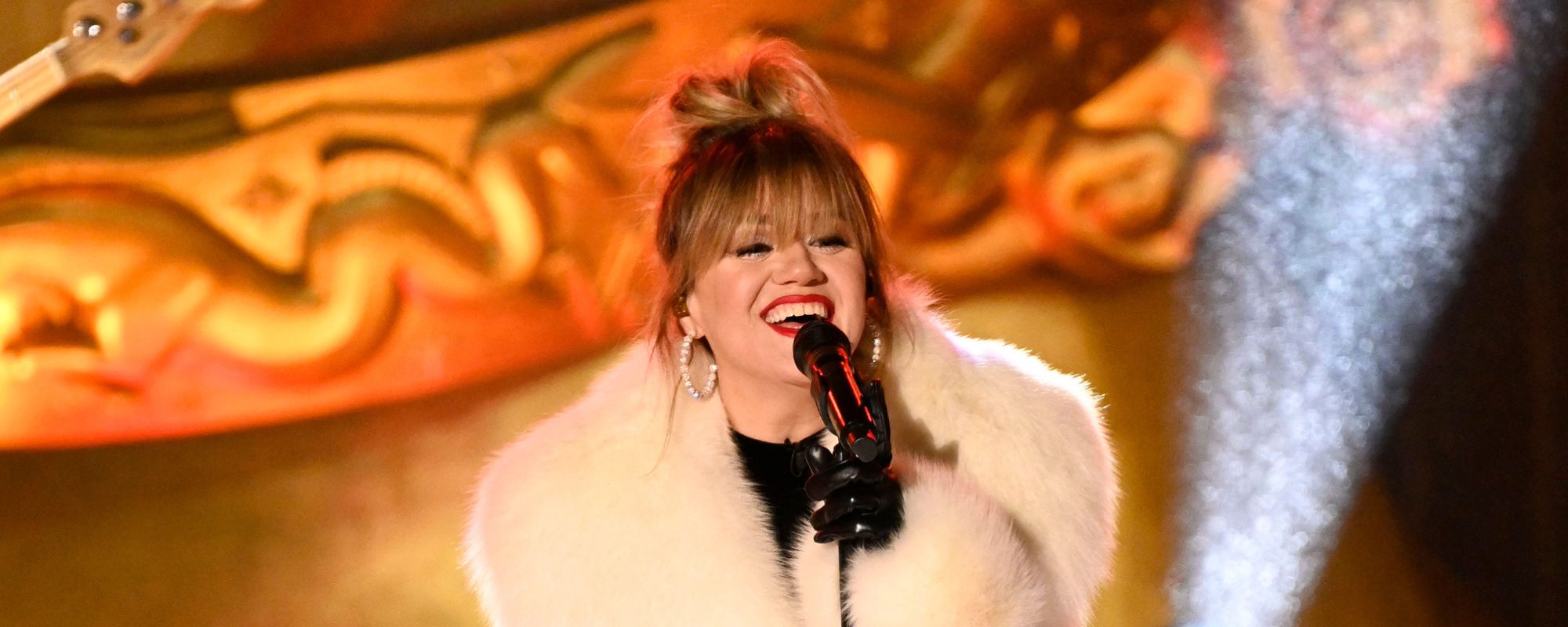


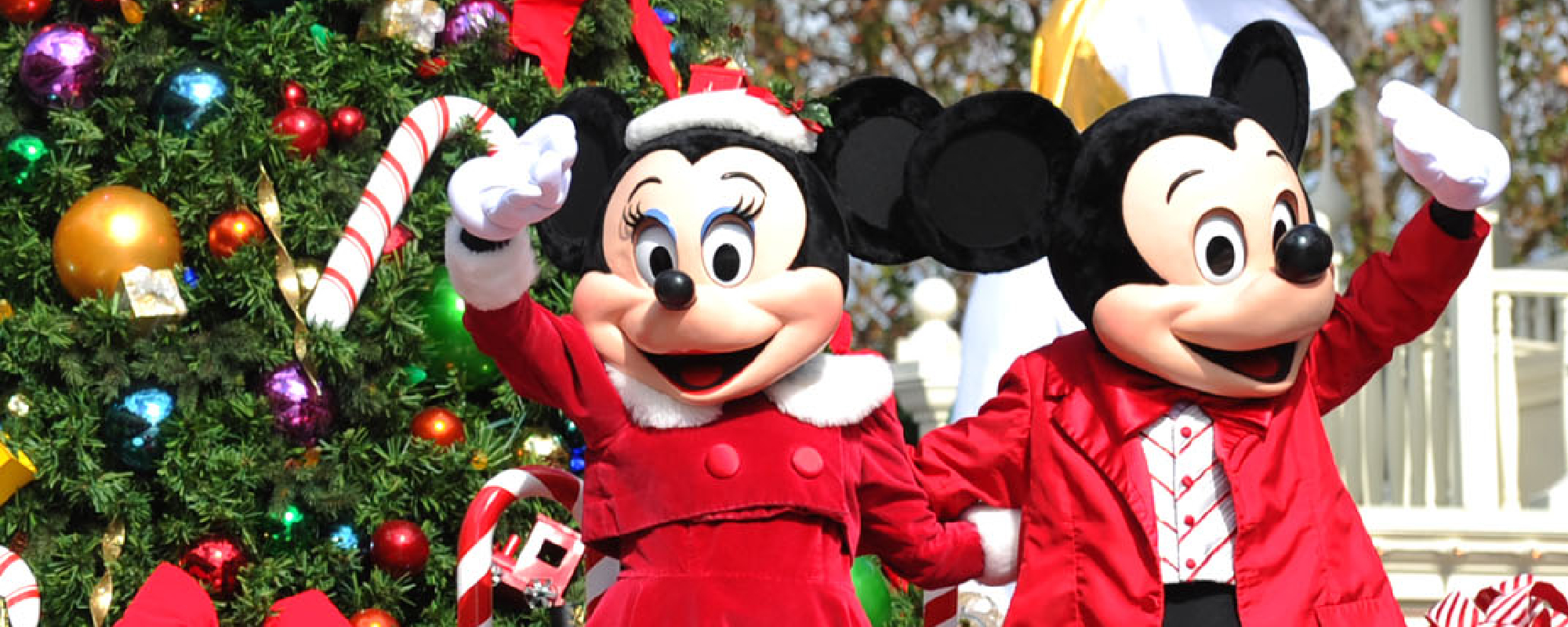
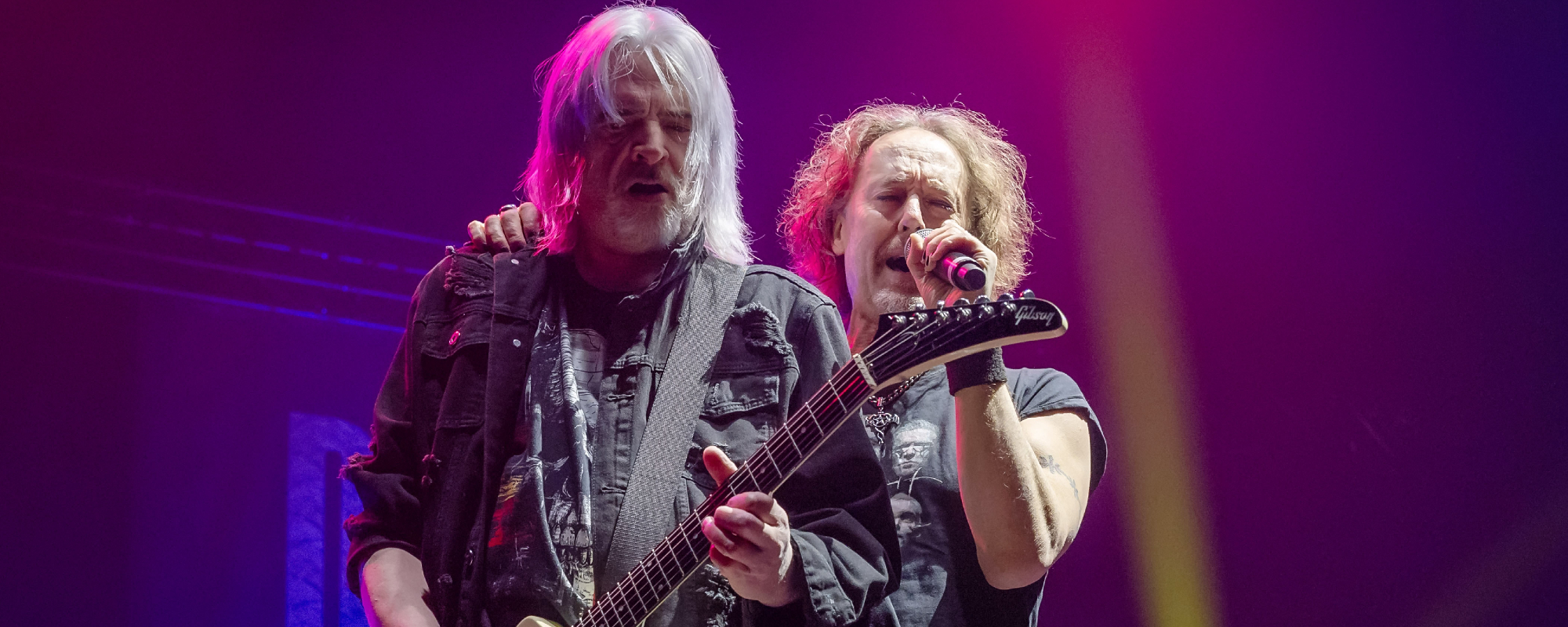

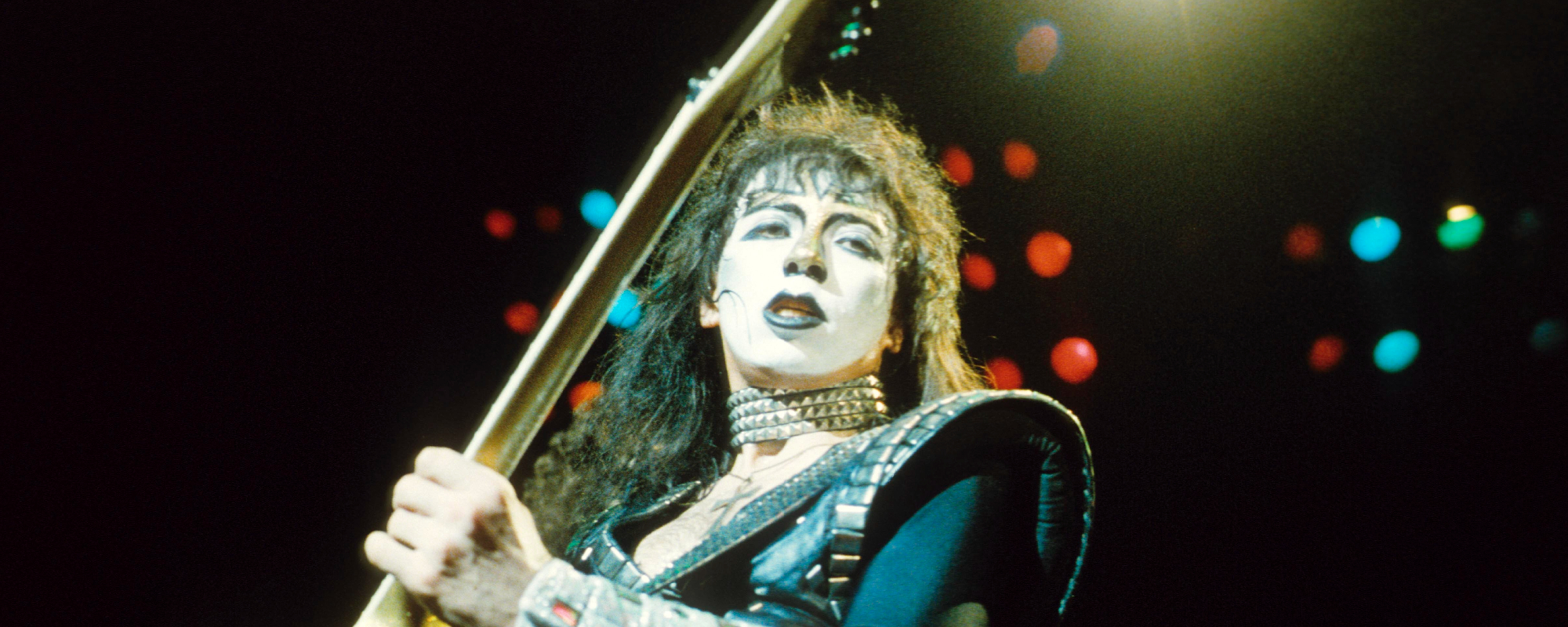
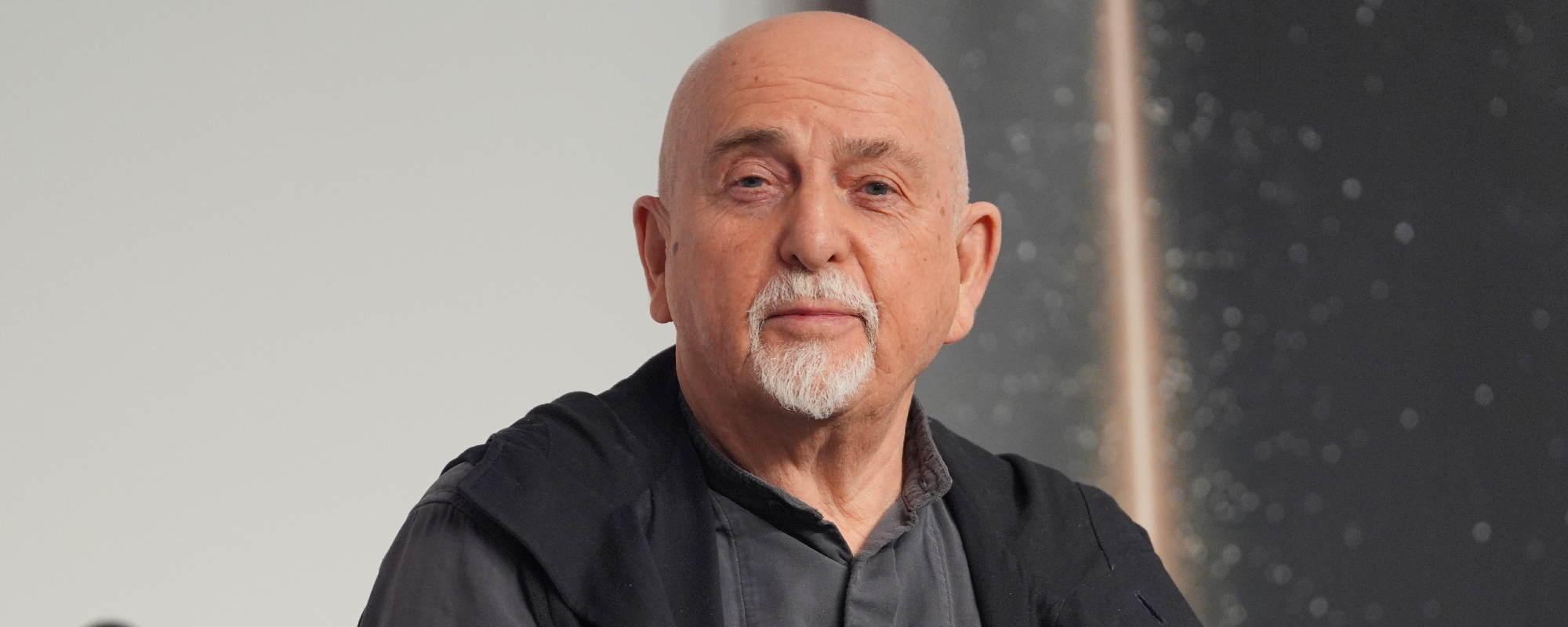
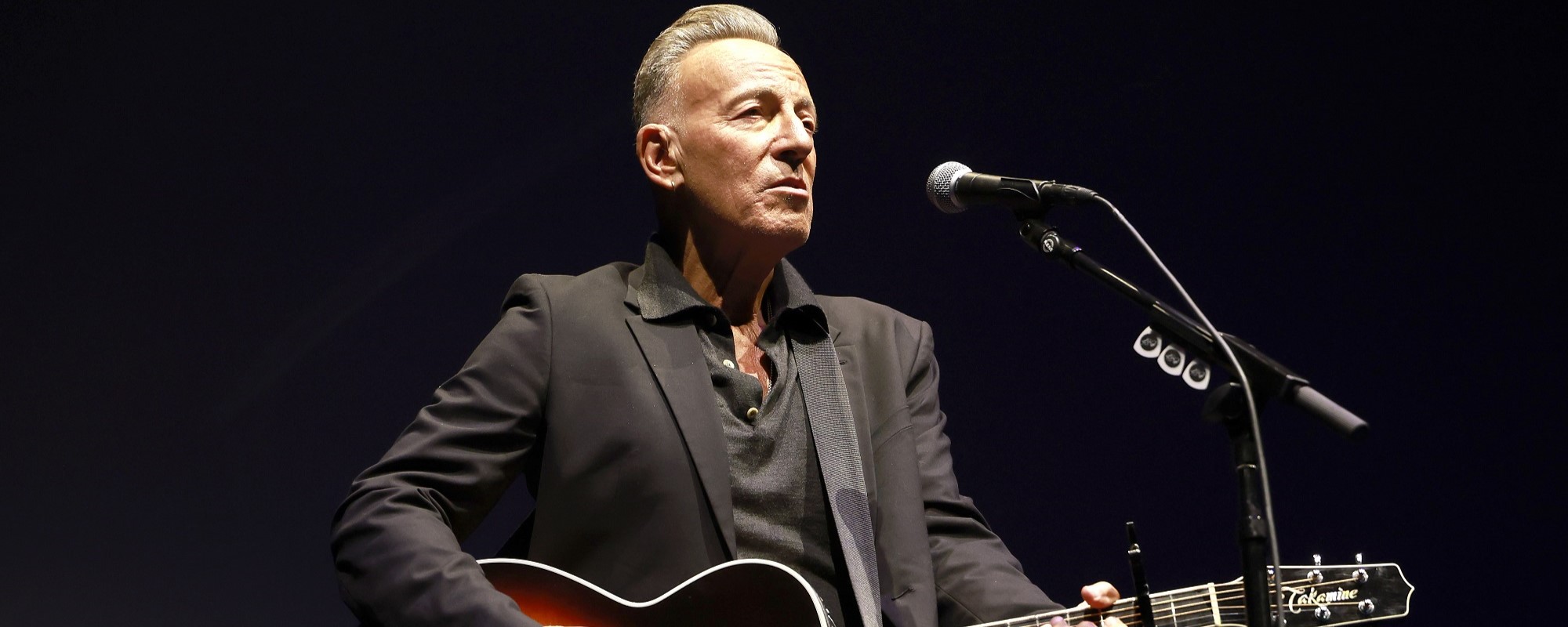
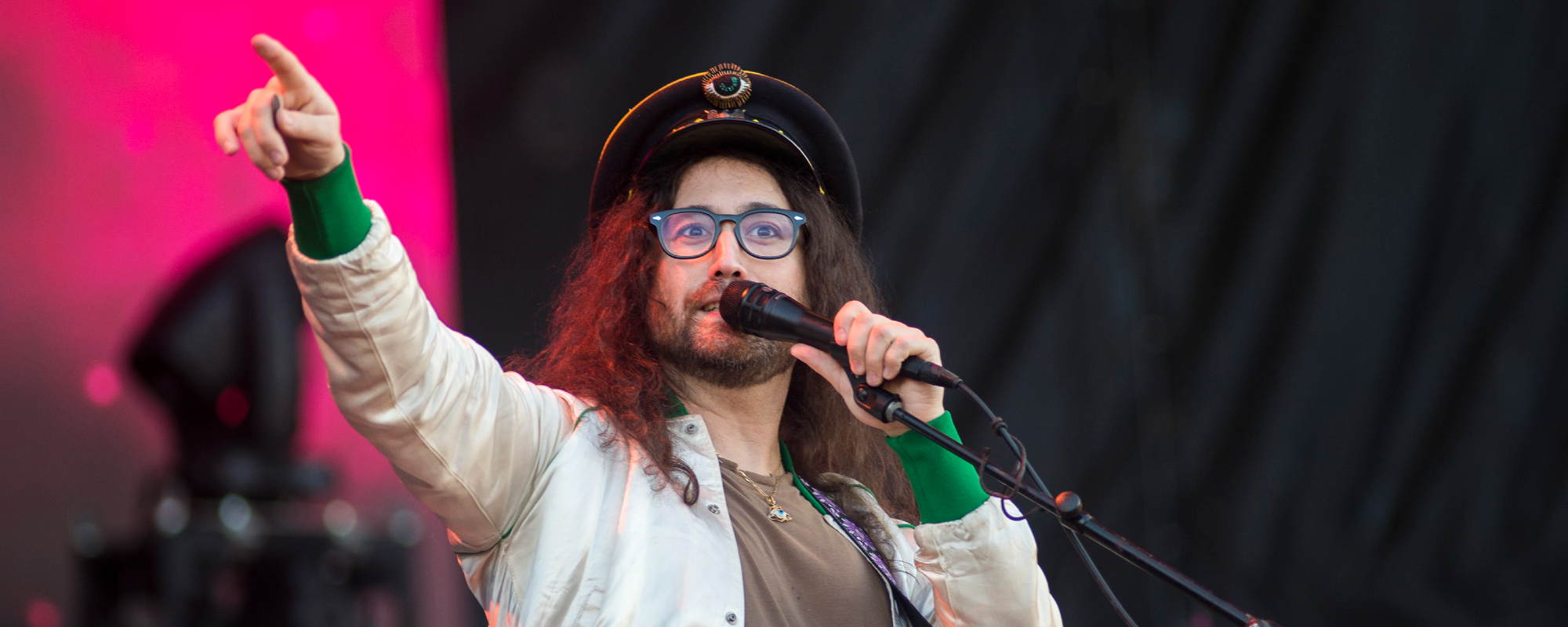
Leave a Reply
Only members can comment. Become a member. Already a member? Log in.